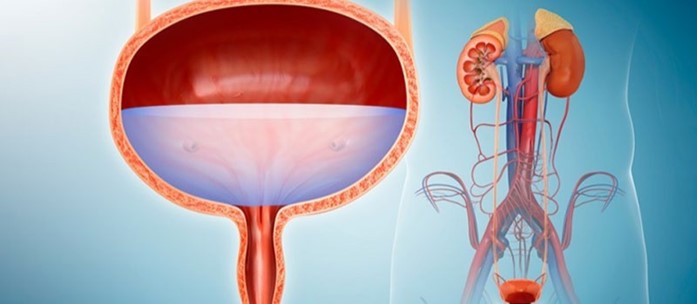The practical nurse (PN) is preparing cefazolin 400 mg IM for a client with a gram-positive infection. The available vial is labeled, "Cefazolin 1 gram," and the instructions for reconstitution state, for IM use, add 2 mL sterile water for injection. The total volume after reconstitution is 2.5 mL.
After reconstitution, how many mL should be administered to the client?
(Enter numeric value only. If rounding is required, round to the whole number, nearest tenths/hundredth).
The Correct Answer is ["1"]
The concentration of cefazolin after reconstitution can be calculated as follows: Concentration = Total amount of drug / Total volume after reconstitution
Since the available vial contains 1 gram (1000 mg) of cefazolin and the total volume after reconstitution is 2.5 mL, we can calculate the concentration:
Concentration = 1000 mg / 2.5 mL = 400 mg/mL
Therefore, after reconstitution, the concentration of cefazolin is 400 mg/mL.
To administer a dose of 400 mg, we divide the desired dose by the concentration: Volume to administer = Desired dose / Concentration
Volume to administer = 400 mg / 400 mg/mL = 1 mL
Nursing Test Bank
Naxlex Comprehensive Predictor Exams
Related Questions
Correct Answer is ["A","E"]
Explanation
A. This is a client care intervention that the PN can assign to the UAP. Transporting a urine culture sample to the laboratory is a routine and non-invasive task that does not require clinical judgment or skill. The UAP should follow the standard precautions and protocols for handling and labeling the specimen.
E. This is a client care intervention that the PN can assign to the UAP. Emptying the bedside drainage unit for a client with an indwelling urinary catheter is a routine and non-invasive task that does not require clinical judgment or skill. The UAP should follow the standard precautions and protocols for emptying, measuring, and recording the urine output.

B. This is not a client care intervention that the PN can assign to the UAP. Obtaining a post-voided residual (PVR) volume is a procedure that requires clinical judgment and skill, as it involves using a bladder scanner or catheterizing the client to measure the amount of urine left in the bladder after voiding. The UAP is not trained or authorized to perform this task, and it should be done by the PN or another licensed nurse.
C.This is not a client care intervention that the PN can assign to the UAP. Teaching the client with fluid restrictions how to measure urine output is an educational activity that requires clinical judgment and skill, as it involves assessing the client's learning needs, providing clear and accurate instructions, and evaluating the client's understanding and compliance. The UAP is not trained or authorized to perform this task, and it should be done by the PN or another licensed nurse.
D.This is not a client care intervention that the PN can assign to the UAP. Irrigating an indwelling urinary catheter for a client with bladder suspension is a procedure that requires clinical judgment and skill, as it involves inserting sterile fluid into the bladder through the catheter to flush out any clots, debris, or bacteria. The UAP is not trained or authorized to perform this task, and it should be done by the PN or another licensed nurse.
Correct Answer is D
Explanation
Verifying the completion of all new prescriptions is crucial because it ensures that necessary medications or treatments are not delayed or missed for the clients. By reviewing the new prescriptions, the PN can ensure that any necessary medications or treatments are ordered and completed as required. This task takes priority because it directly impacts the immediate care and well-being of the clients.
While the other tasks mentioned are also important, they are not as time-sensitive or critical as verifying the completion of new prescriptions:
A. "Clean up and organize the nurses' work-station": While maintaining a clean and organized work-station is important for efficiency and safety, it can be done after the more critical tasks have been completed.
B. "Write a narrative shift summary for each client": Providing shift summaries is important for effective communication and continuity of care, but it can be done after ensuring the completion of new prescriptions, as it involves documenting and reviewing the events and assessments that occurred during the shift.
C. "Calculate and record intake and output totals": Tracking intake and output is important for assessing fluid balance, but it can also be done after verifying the completion of new prescriptions, as it involves documenting and calculating fluid volumes.
Whether you are a student looking to ace your exams or a practicing nurse seeking to enhance your expertise , our nursing education contents will empower you with the confidence and competence to make a difference in the lives of patients and become a respected leader in the healthcare field.
Visit Naxlex, invest in your future and unlock endless possibilities with our unparalleled nursing education contents today
Report Wrong Answer on the Current Question
Do you disagree with the answer? If yes, what is your expected answer? Explain.
Kindly be descriptive with the issue you are facing.
